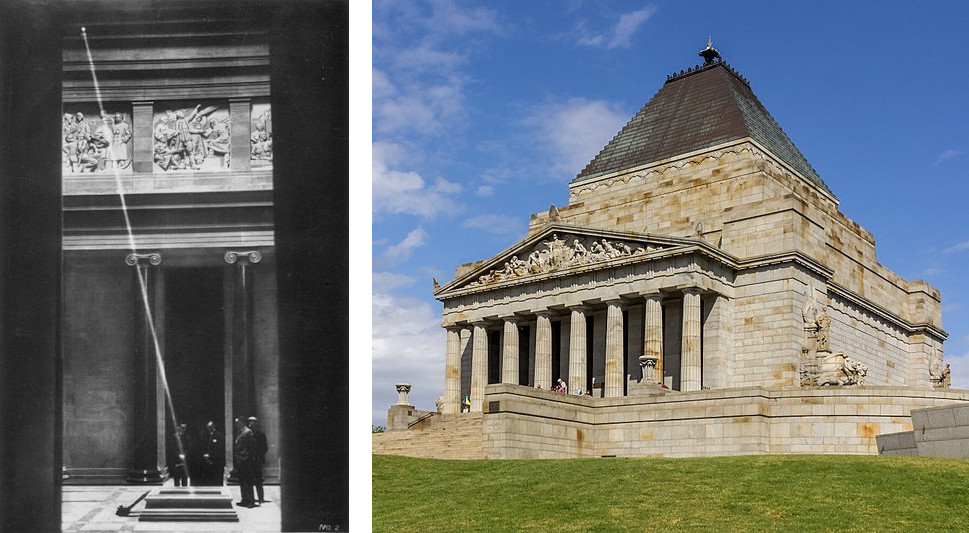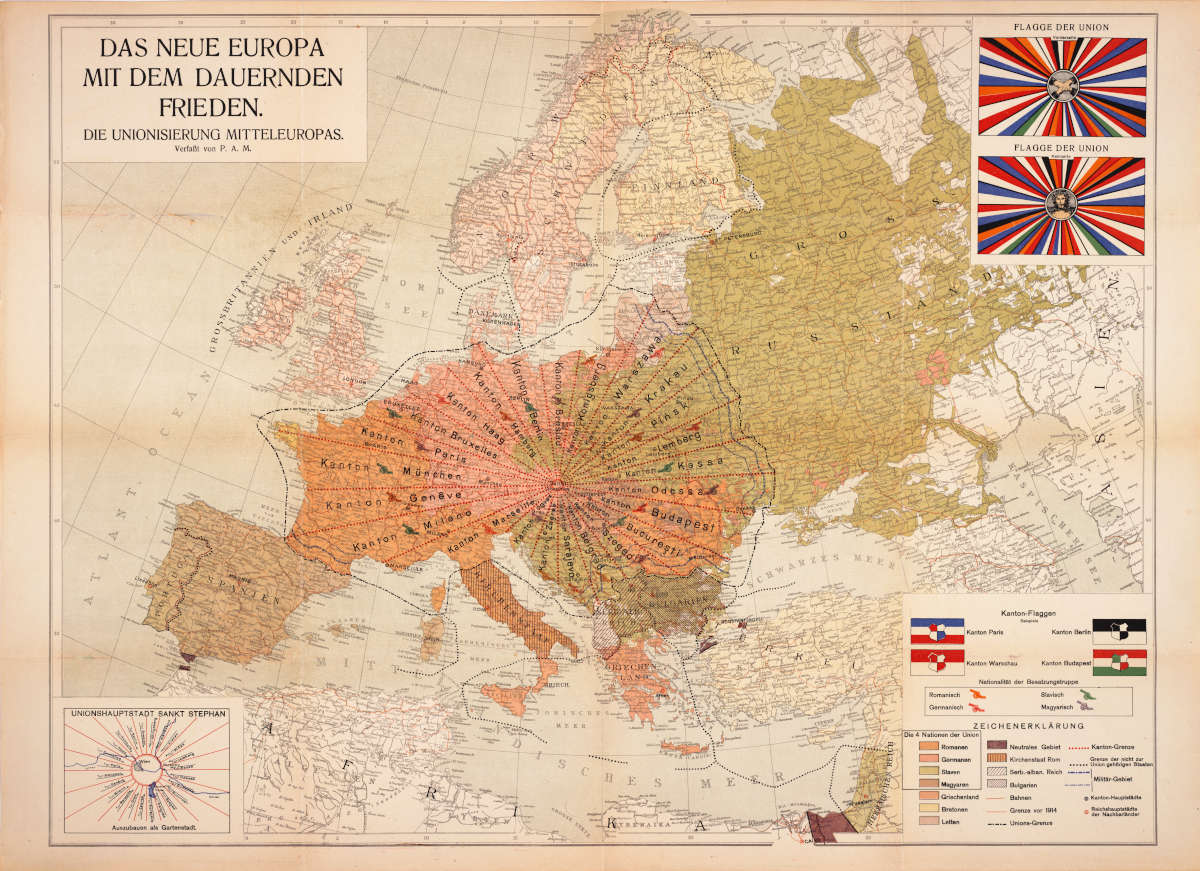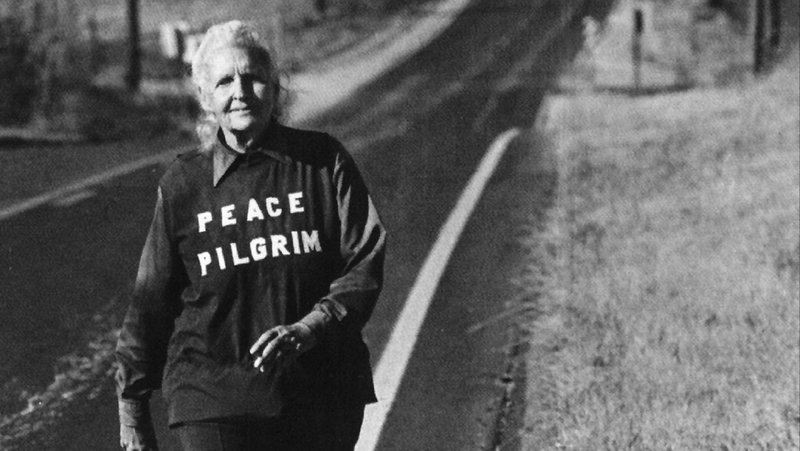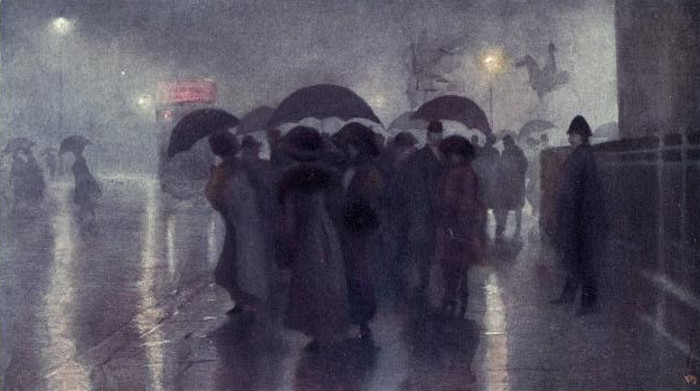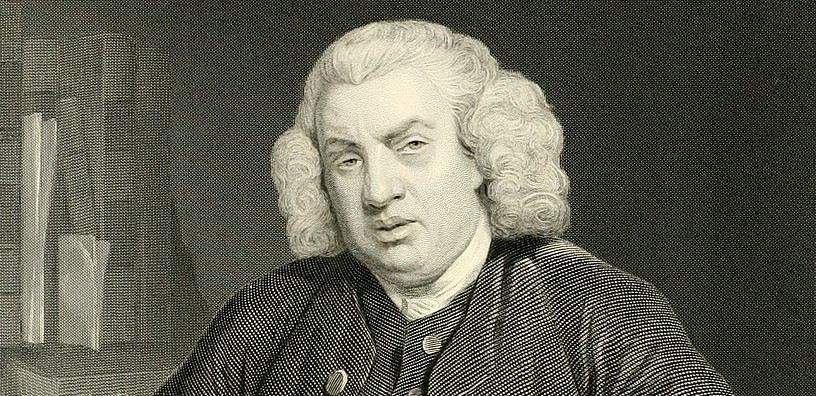
In 1986, 89-year-old viewer Jerry Pratt showed up at Minneapolis’s WCCO-TV and told local newsman Don Shelby that he didn’t know how to tie his necktie straight.
“He’s my favorite anchor, and I got sick and tired of looking at the big knot in his tie every night,” Pratt said. “One of the first things people look at is a man’s tie.”
So he showed him something new, the “Pratt knot,” “the first new knot for men in over 50 years.” The Neckwear Association of America confirmed that it didn’t appear in Getting Knotted: 188 Knots for Necks, the trade association’s reference guide.
Some questioned whether it’s entirely original, calling it either a reverse half-Windsor or a variation on a knot called the Nicky, with the narrow end of the tie reversed, the seams and label facing out.
Pratt said he’d invented it on his own 30 years earlier. “I didn’t call it anything,” he said. “I just turned the tie inside out, and there it was.”
“At least something will carry on the family name.”


